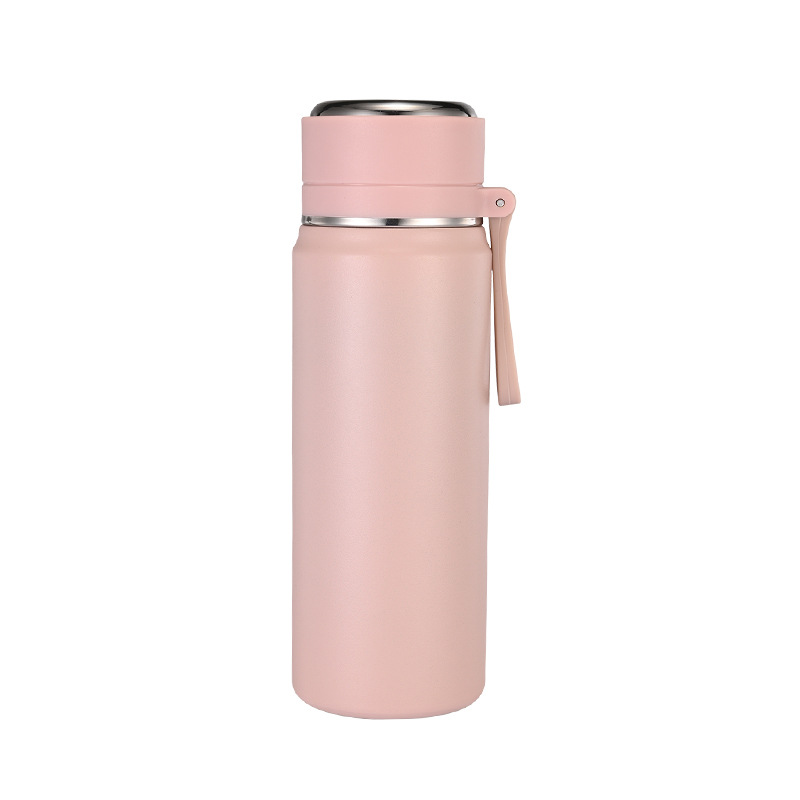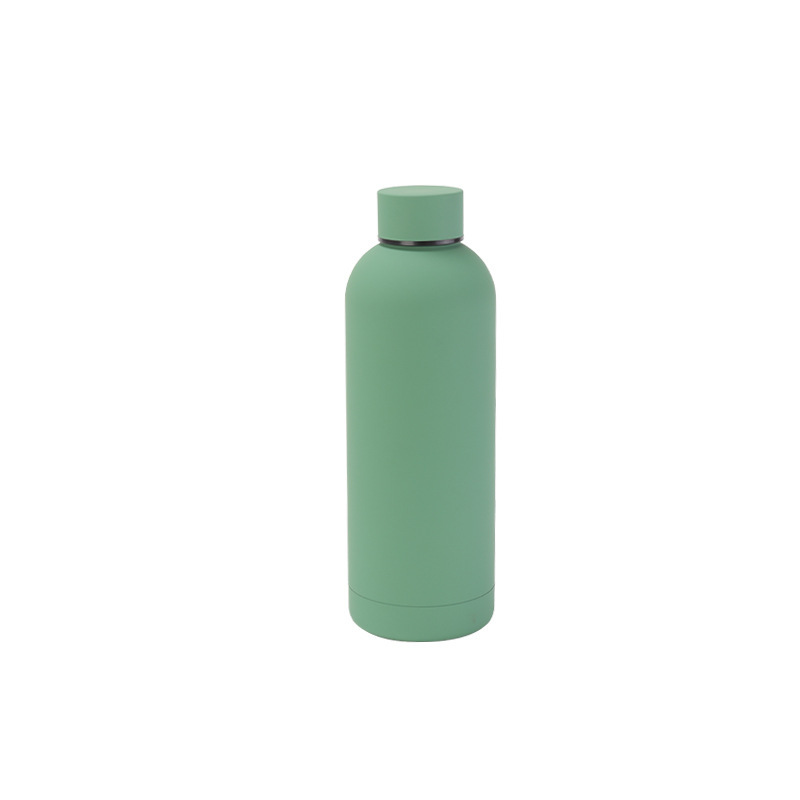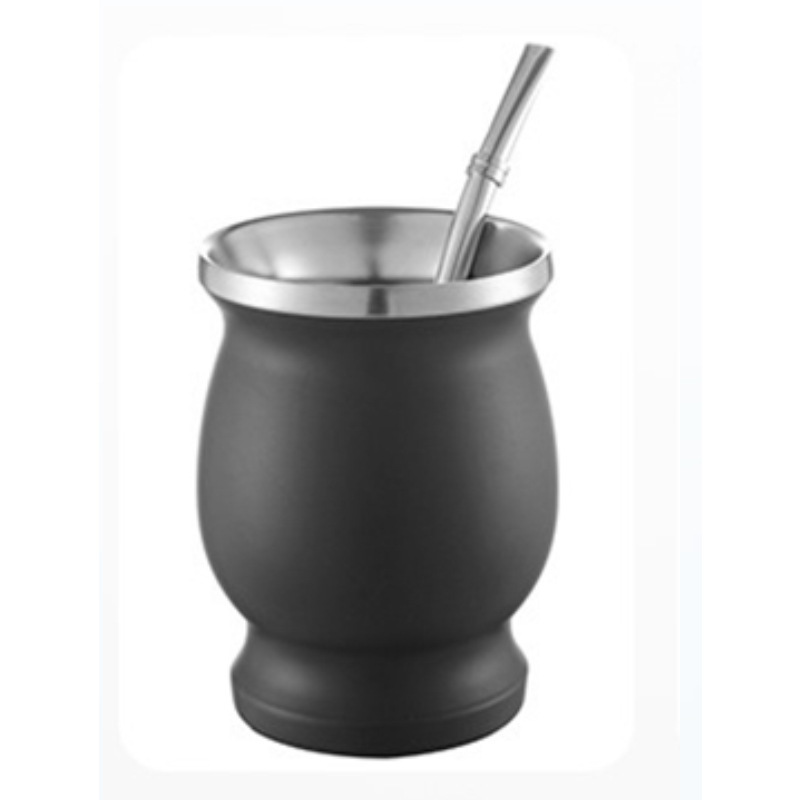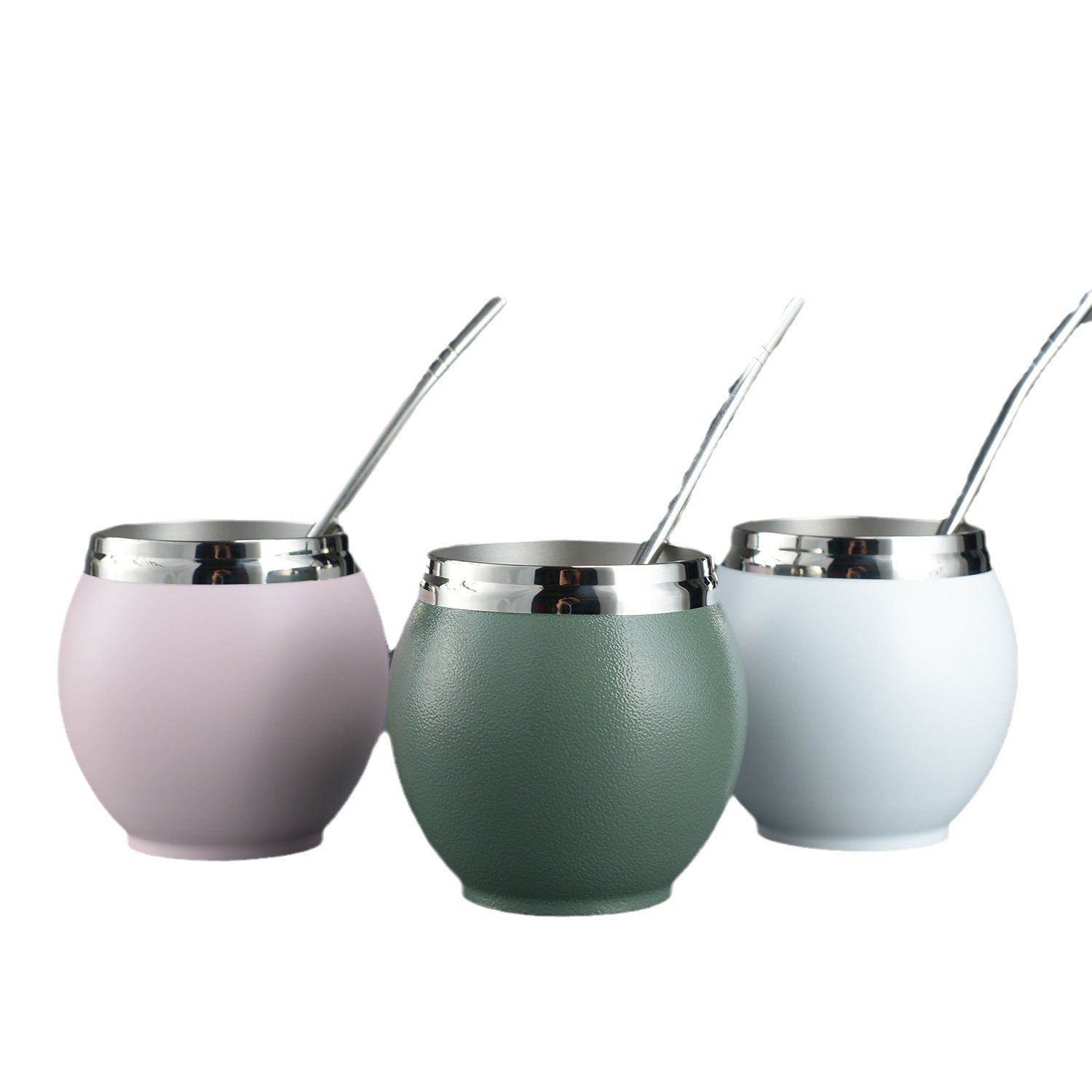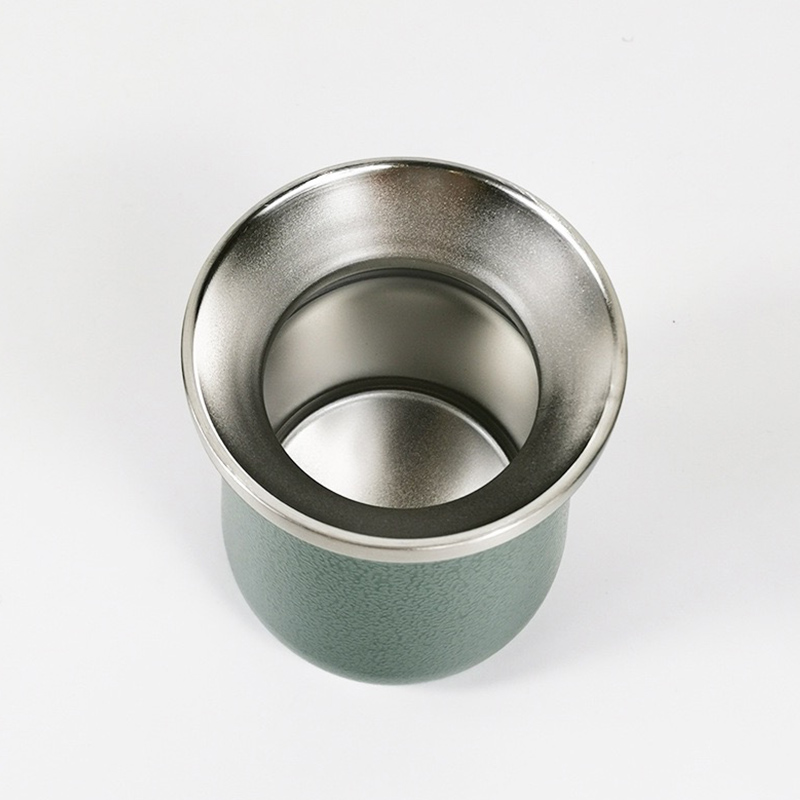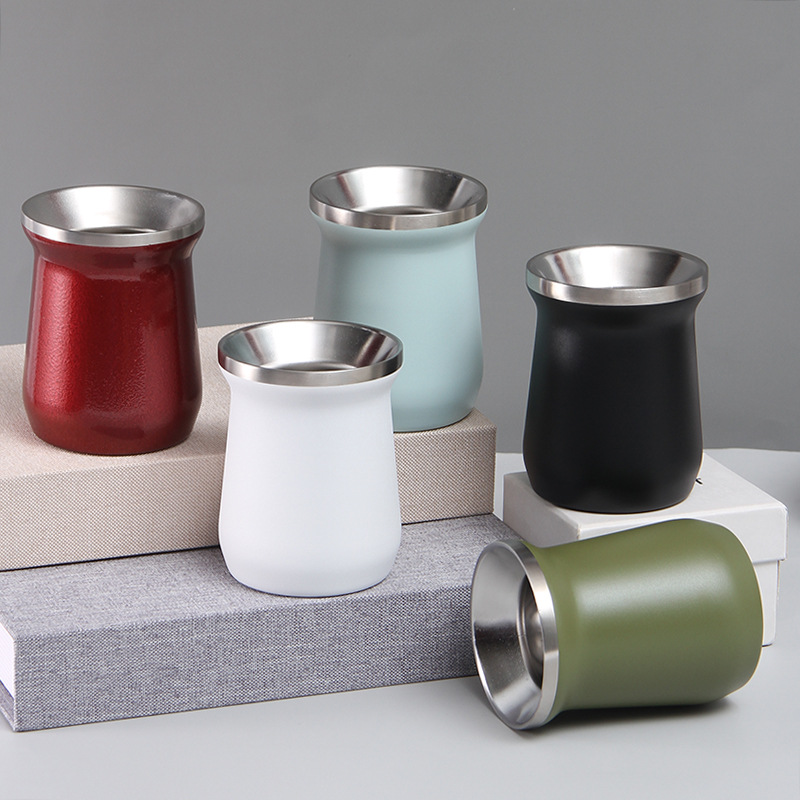The mate cup, also known as "mate gourd" or "mate calabash," has its origins in South America, particularly in the indigenous cultures of the Guarani people in present-day Paraguay, Uruguay, and Argentina. The mate cup is an integral part of the traditional social and cultural practices in these regions and has a long history dating back to pre-Columbian times.
The mate cup is primarily used for drinking the popular beverage known as mate, which is a type of tea made from the leaves of the yerba mate plant. The practice of drinking mate has been passed down through generations and holds significant cultural and social importance in South American countries. It is often shared among friends and family as a symbol of hospitality and community.
The mate cup itself is typically made from the dried and hollowed-out shell of a calabash gourd, although modern variations can also be found in materials such as wood, metal, or ceramic. The traditional method of preparing and serving mate involves placing the dried yerba mate leaves inside the gourd, adding hot water, and sipping the infused beverage through a metal or wooden straw called a bombilla.
The popularity of mate and the mate cup has transcended its traditional cultural roots and has spread to other parts of the world, gaining a global following. Mate enthusiasts appreciate the unique flavor and the social aspect of sharing mate with others. Moreover, the health benefits attributed to yerba mate, such as its energizing and antioxidant properties, have also contributed to its increasing popularity.
In addition to its practical use as a vessel for enjoying mate, the mate cup has also become a symbol of South American identity and is often adorned with intricate designs and ornamental carvings that reflect the artistic traditions of indigenous cultures. As a result, the mate cup is not only a functional object but also a work of art, valued for its craftsmanship and cultural significance.

